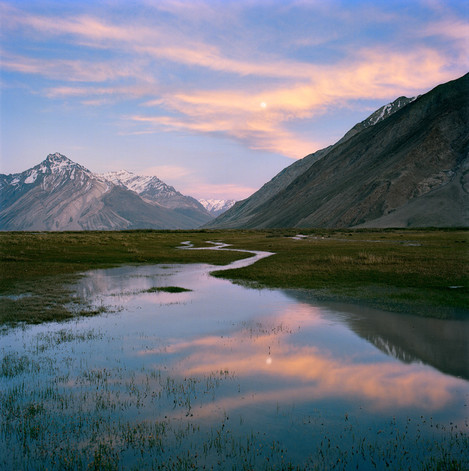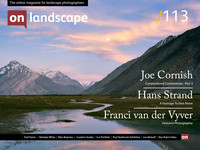Part 3: Aspect Ratio Wars
The inside trumps the outside
The debate has often raged between photographers, about the advantages and characteristics of specific aspect ratios. I know that, having listened (and contributed) to a few such debates over the years. And yet, how significant is aspect ratio, and is it meaningful to us as we develop our photography? Aspect Ratio refers to the proportion of our camera’s format. And, whether film or digital, the native format of the camera influences how we frame our view.
These two statements of the blindingly obvious may be occasionally obscured by the surprising fact that the vast majority of photography, enthusiast and professional, is now made with the ubiquitous 2x3 aspect ratio. Even the half-frame APS-c format shares this proportion. Yet (based on anecdote alone) I would guess that those photographers inclined to think about such things might prefer the 4x3, or even boxier 5x4 aspect ratios for general landscape photography.
In the interests of research I have taken a little time to look at painting, and particularly landscape painting over the centuries, in search of a pattern, or trend, or predominant aspect ratio. After all, given that the knowledge of so-called Golden ratio extends back to classical Greece and beyond, might we not expect a strong tendency to see canvas and paper proportions that follow this concept? Well, a brief skim of some of my favourite painters on the internet betrayed no such pattern. And I know from my current painter friends that they use paper and canvas of many different shapes and sizes. In fact, proportions are apparently randomly mixed. However, much one might search for some kind of aesthetic conformity it seems one is doomed to search in vain.

Rangdum, moonrise
Allow me to briefly reflect here; film – with its inexpensive (but materially extravagant) ‘one-shot sensors’, manufactured in vast quantities and then variously cut or rolled in different sizes and widths – proliferated numerous camera types that reflected the changing fashions of 20th century technology. Digital, utilising an expensive, recyclable sensor requires a different manufacturing economic model, limiting expression for the camera manufacturer. Which is not to say that digital technology has not invented some interesting, unusual formats.
But in truth most have been short-lived. 3x2 is massively dominant, while on the margins 4x3 is represented in the consumer-orientated 4/3 format (Olympus and Panasonic) and professional medium format (MFD) cameras such as those from Phase One, Leaf, Hasselblad and Pentax. Currently, there is no square format digital camera available; this is a truly regrettable and surprising omission. Nor is there any sign of 6x7 (the so-called ’ideal format’ and usually closer, if no exactly, 5x4) or actual 5x4/8x10.
You can read the other articles in the series by Joe:
Compositional Controversies Part 1: Simplicity vs Complexity
Compositional Controversies Part 2: Rule of Thirds
Compositional Controversies Part 3: Aspect Ratio Wars
Compositional Controversies Part 4: Leading the Line


